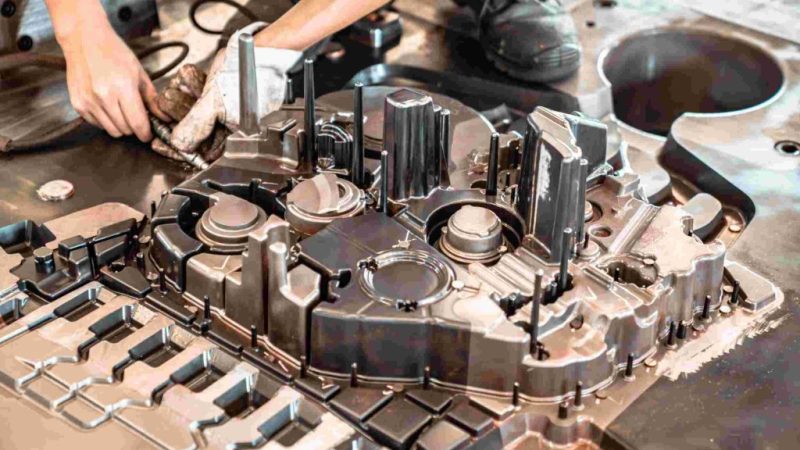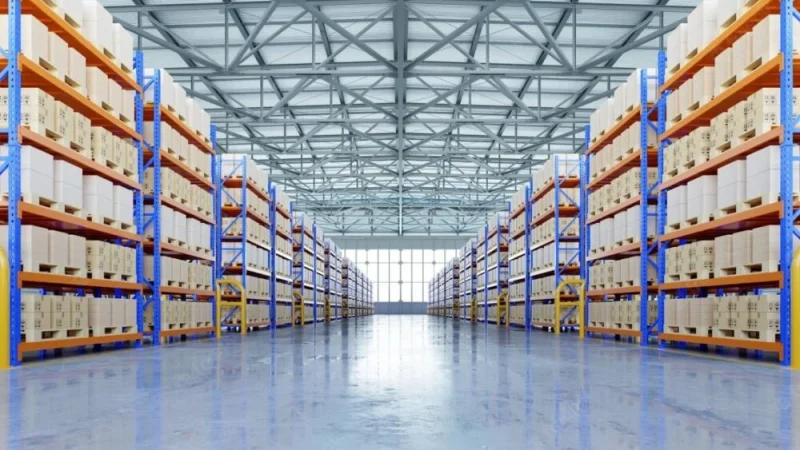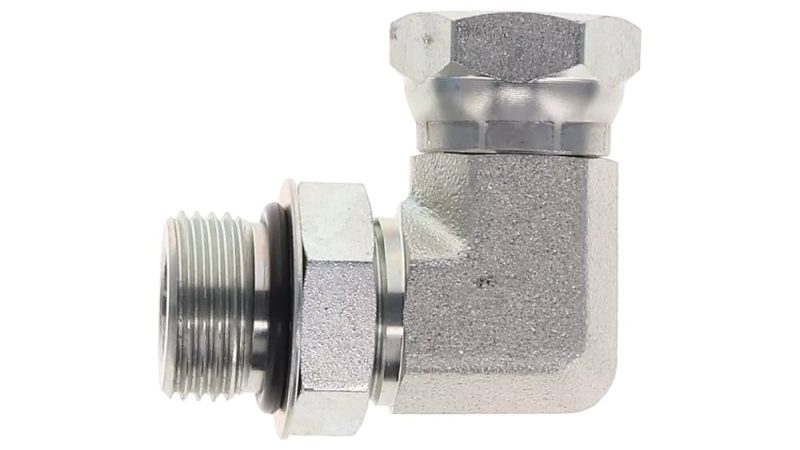Could Point-of-Sale Systems Be Reinventing the Retail Experience? Why Some Retailers Are Sceptical About Going Digital
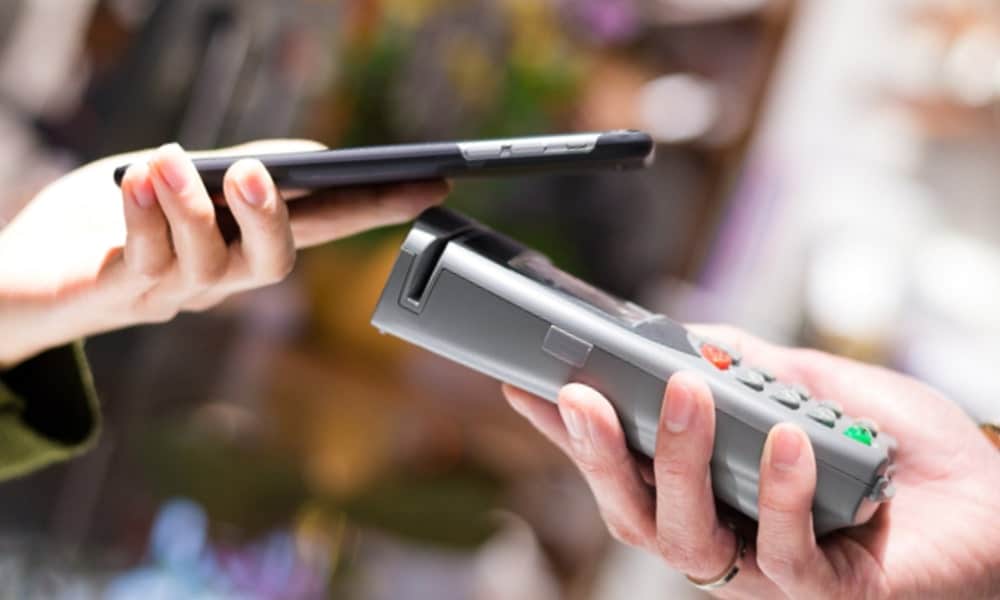
If you’ve stepped into a store lately, you’ve probably noticed how different shopping feels compared to, say, ten years ago. We’re no longer just handing over cash to a cashier behind a bulky register. Instead, we’re tapping our phones, scanning QR codes, and sometimes even skipping checkout altogether (self-checkout, anyone?).
It’s high time for Point-of-Sale (POS) systems, where transactions are faster, smarter, and supposedly better. But are they really reinventing the retail experience, or are we just getting caught up in tech hype? More importantly, if they’re so great, why are some retailers still sceptical? Let’s talk about it.
How Modern POS Systems Are Shaking Things Up
A decade ago, POS systems were mostly just cash registers with a card reader attached. Today? They’re practically the brains of a business. Here’s how they’re changing retail:
1. Checkout at Lightning Speed
Remember waiting in long lines while a cashier fumbled with change? Yeah, that’s becoming a thing of the past. With mobile POS systems, employees can process payments from anywhere in the store. Contactless payments, self-checkouts, and even AI-powered kiosks are making the checkout experience smoother and faster. Less waiting, more shopping.
2. Smarter Inventory Management
Ever tried to buy something online only to find out it’s “out of stock” at checkout? Frustrating, right? Modern POS systems track inventory in real-time, so stores know exactly what’s flying off the shelves and what’s collecting dust. Some systems even predict demand based on shopping trends, no more overstocking holiday-themed socks in July.
3. The Personal Touch (Without the Awkward Small Talk)
One of the coolest things about digital POS systems is their ability to remember what you buy. No, it’s not creepy—it’s smart. Retailers can use this data to offer personalised recommendations, send exclusive deals, and reward loyal customers. So if you always buy oat milk at your local grocery store, don’t be surprised if they email you a discount before your next visit. Convenient, right?
4. Selling Anywhere, Anytime
Gone are the days when a business had to choose between being online or offline. Now, POS systems connect e-commerce with brick-and-mortar stores seamlessly. You can buy online and pick up in-store, return something you bought online at a physical location, or even browse in-store and order for home delivery. It’s all about giving shoppers more options.
So, Why Are Some Retailers Skeptical?
For all the flashy benefits, not every business is eager to ditch their old-school cash registers. Here’s why some retailers aren’t fully sold on the digital revolution:
1. The Price Tag Isn’t Exactly Cheap
Let’s be real: upgrading to a fancy cloud-based POS system isn’t free. Traditional POS setups usually involve a one-time payment, while modern ones often come with monthly subscriptions, software fees, and add-ons. For small businesses, these costs can add up quickly, making it harder to justify the switch.
2. Data Security Nightmares
Where there’s digital data, there’s the risk of cyberattacks. Retailers handling sensitive customer information (like credit card numbers and purchase histories) need to invest in top-notch security. A single data breach can be devastating, both financially and reputation-wise. Some businesses just aren’t ready to take that risk.
3. Not Everyone Loves Tech (Shocking, I Know)
Not all store owners are tech-savvy, and not all employees are thrilled about learning a new system. Transitioning from a simple register to a cloud-based system can feel overwhelming, especially when things go wrong (because let’s be honest, technology doesn’t always behave). Some retailers just don’t want the hassle.
4. The “If It Ain’t Broke, Don’t Fix It” Mentality
Some businesses have been running just fine for years with their existing setup. If cash registers and basic card readers have been working well, why spend money on an upgrade? For many, sticking with what’s familiar feels safer than diving into the unknown.
Finding the Middle Ground: Can Traditional and Digital POS Coexist?
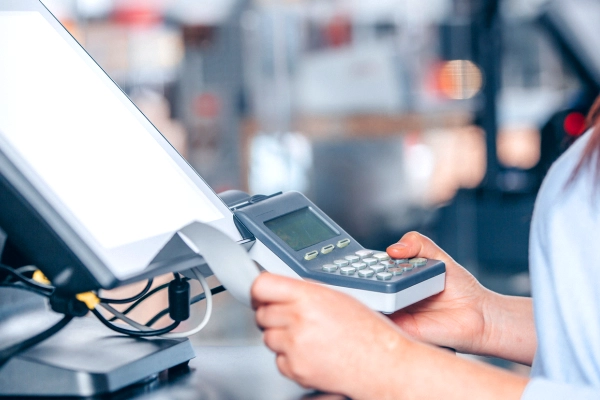
So, is there a way to enjoy the best of both worlds? Absolutely. Some businesses are opting for hybrid models, where they integrate some digital features while keeping their tried-and-true systems in place. Here are a few ways retailers are balancing tradition with technology:
- Keeping Cash as an Option: While digital payments are growing, many customers still prefer using cash. Offering both keeps everyone happy.
- Gradual Upgrades: Instead of a full overhaul, some businesses start with smaller changes, like adding a tablet-based POS system alongside their traditional registers.
- Focusing on Customer Experience: Whether it’s digital or not, the ultimate goal is to make shopping smooth and enjoyable. Businesses that focus on convenience (rather than just chasing trends) tend to see the best results.
The Verdict: Are Digital POS Systems the Future?
Like it or not, the retail world is going digital. While some businesses will hold onto their old ways for as long as possible, others are embracing change and reaping the benefits. The key takeaway? There’s no one-size-fits-all answer. What works for a giant retail chain might not work for a small boutique.
For some, investing in a modern POS system is a no-brainer. For others, traditional setups still do the job just fine. The real question is: what matters most to your business—cost, convenience, security, or customer experience? Once you figure that out, the right choice becomes a lot clearer.




